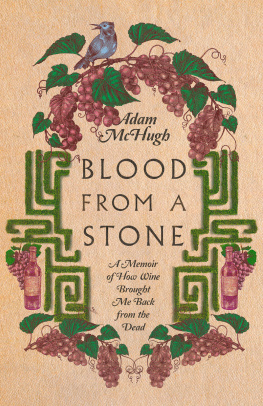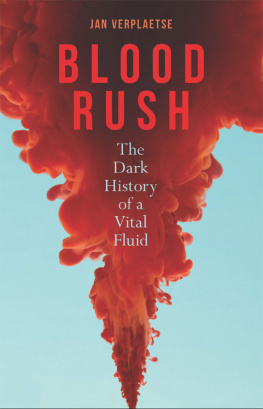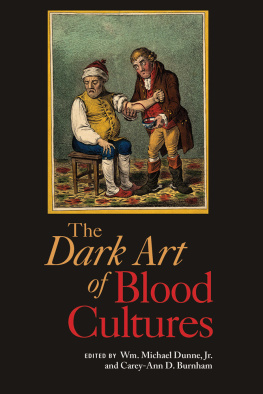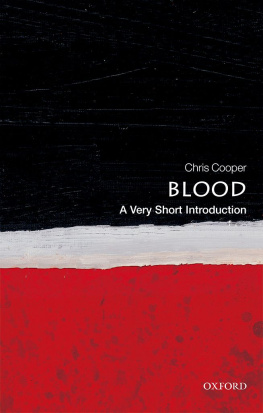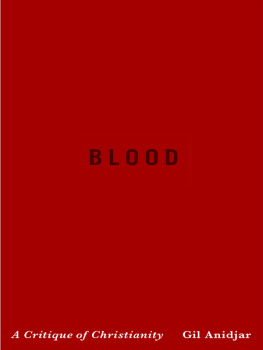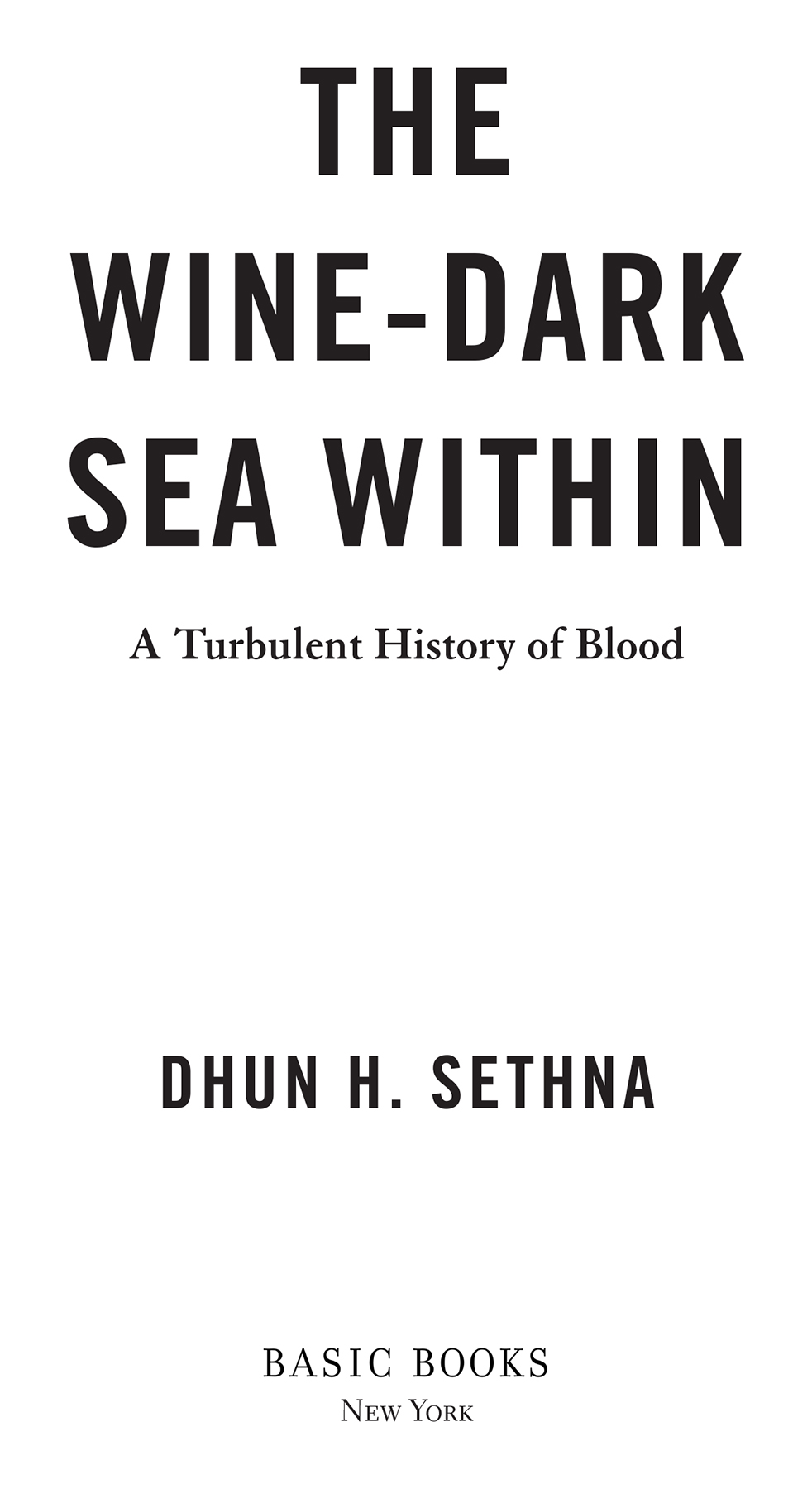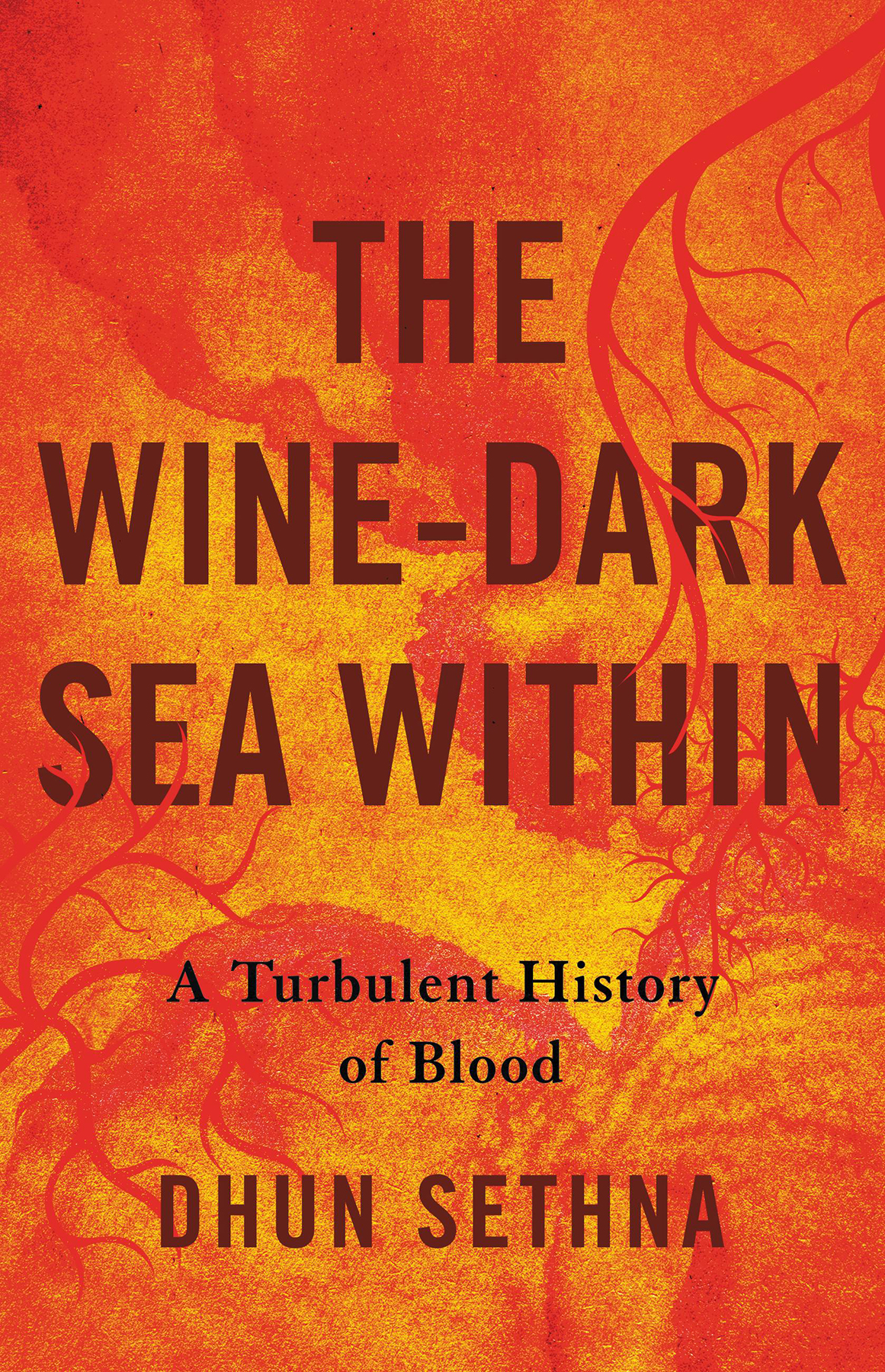
Copyright 2022 by Dhun Sethna
Cover design by Rebecca Lown
Cover images Valentin Agapov / Shutterstock.com; YASNARADA / Shutterstock.com; Lightkite / Shutterstock.com
Cover copyright 2022 by Hachette Book Group, Inc.
Hachette Book Group supports the right to free expression and the value of copyright. The purpose of copyright is to encourage writers and artists to produce the creative works that enrich our culture.
The scanning, uploading, and distribution of this book without permission is a theft of the authors intellectual property. If you would like permission to use material from the book (other than for review purposes), please contact permissions@hbgusa.com. Thank you for your support of the authors rights.
Basic Books
Hachette Book Group
1290 Avenue of the Americas, New York, NY 10104
www.basicbooks.com
First Edition: June 2022
Published by Basic Books, an imprint of Perseus Books, LLC, a subsidiary of Hachette Book Group, Inc. The Basic Books name and logo is a trademark of the Hachette Book Group.
The Hachette Speakers Bureau provides a wide range of authors for speaking events. To find out more, go to www.hachettespeakersbureau.com or call (866) 376-6591.
The publisher is not responsible for websites (or their content) that are not owned by the publisher.
Library of Congress Cataloging-in-Publication Data
Names: Sethna, Dhun H., author.
Title: The wine-dark sea within: a turbulent history of blood / Dhun H. Sethna.
Description: First edition. | New York: Basic Books, 2022. | Includes bibliographical references and index.
Identifiers: LCCN 2021061890 | ISBN 9781541600669 (hardcover) | ISBN 9781541600676 (ebook)
Subjects: LCSH: BloodCirculationHistory. | MedicineHistoryPopular works.
Classification: LCC QP101.4 .S46 2022 | DDC 612.1/3dc23/eng/20220211
LC record available at https://lccn.loc.gov/2021061890
ISBNs: 9781541600669 (hardcover), 9781541600676 (ebook)
E3-20220411-JV-NF-ORI
For
Avi
my bride
who still abides with me
I stand in awe of my body, this matter to which I am bound.
Henry David Thoreau
T his book is the biography of an idea, the idea that blood circulates around the body. It may seem a common, even obvious notion. Yet that familiar concept that the heart is an organ that pumps blood and oxygen through the arteries, with the waste returning by way of the veins, took over two thousand years to develop. When it was established, it revolutionized the life sciences and inaugurated modern medicine. In importance, it stands alongside the Aristotelian Corpus that laid the foundation for the biological sciences, and Darwins theory of natural selection. And like those ideas, its development was largely a solitary effort, conceived, begun, and completed by a single individual, the English physician William Harvey. He published his discovery in 1628 as a slim volume titled Exercitatio anatomica de motu cordis et sanguinius in animalibus ( Anatomical Exercise on the Motion of the Heart and Blood in Animals ), abbreviated to De motu cordis . Through it, Harvey lived not only one of the greatest adventures of all time in medicine but, in the process, experienced the insecurity, vulnerability, and frailty of the human condition. He is a man of the present; he belongs everywhere.
Blood circulation, as is now understood, is a double system. There is a circuit through the body (the systemic circulation) as well as one through the lungs (the pulmonary circulation). Each circuit is spoken of as a circulation because the circle is a symbol that ends at the point at which it begins. The historical unraveling of each circulation is a theme of this book. The heart, too, is in reality an assembly of two hearts that work in harmony at two different tasks. The right heart chamber propels blood to the lungs; the left chamber distributes it to the other organs and limbs. Because the motion of life-preserving blood was realized to be closely allied to the breath of life and the maintenance of a constant body temperature, those three processes merged to lie at the very core of the new physiology. Hence, the province of this narrative is also the development of a theory of animal heat and the early physiology of respiration.
The discovery of the circulation was a game changer in the history of the life sciences. It ushered in a new quantitative way of thinking that spawned further innovations in disease management without which medicine, as we know it, would have been impossible. Harveys hydraulic description of the circulating blood, founded on pumps and pipes, laid the groundwork for a quantifiable, mechanical system of cardiovascular physiology that led to our modern quantitative way of thinking in terms of blood velocity, vascular resistance, blood pressure, pulse waves, and so on, as well as their quantitative changes under varying pathophysiological conditions, and the effects of abnormal velocities and pressures on the body organs. If blood circulated, then new questions needed answers. What was the need for blood to perpetually go round in a circle? What did it carry when flowing in such a fashion and why? How and where did it take up its stuff? How, where, and why did it part with it? Those answers unraveled a comprehensible picture of the working of the human organism and established a physiological basis for modern medical practice.
It followed that mechanisms of disease were amended and expanded. A circulation throughout the body meant that diseases could result not only from imbalances of internal humors, as was believed until our mid-nineteenth century, but also by noxious agents from outside that could enter the bloodstream and travel to all tissues. As a corollary, some diseases could arise from an insufficiency of blood circulation to vital organs because of obstructions within the arterial conduits, including those of the heart and brain, which led to our understanding of how heart attacks and strokes occur. They remain the primary causes of disability and death today.
Aspects of todays therapies, such as intravenous infusions (as in chemotherapy) or subcutaneous injections (like insulin shots), even nasal sprays for allergy, could only have been conceived after it was understood that substances introduced into the bloodstream at one site, or even breathed in, are transported to any and every other site because the blood circulates. Routine interventions such as heart catheterizations and stent placements within arteries, and the flotation of pacemaker and defibrillator electrodes through veins, all require a unidirectional blood flow within blood vessels into, or from, the heart chambers as described by Harvey. Lifesaving support systems such as dialysis units as well as heart-lung machines that allow open heart surgeries are essentially extensions of the concept to extracorporeal circulations, and heart-assist devices (artificial hearts) that save lives during extreme acute illness, or serve as alternatives to heart transplantation, too, rely on a circulation model. A cogent outcome of Harveys groundbreaking discovery is our present understanding of heart failure, which is our most expensive hospital diagnosis for persons over age sixty-five. Contemporary therapy not only embraces the heart as a failing pump but also addresses the circulating chemical abnormalities that cause the heart muscle to deteriorate.
Scientific discovery is a complex phenomenon. The American philosopher of science Thomas Kuhn provided what is arguably its best description. In the process, the system itself is redefined.


